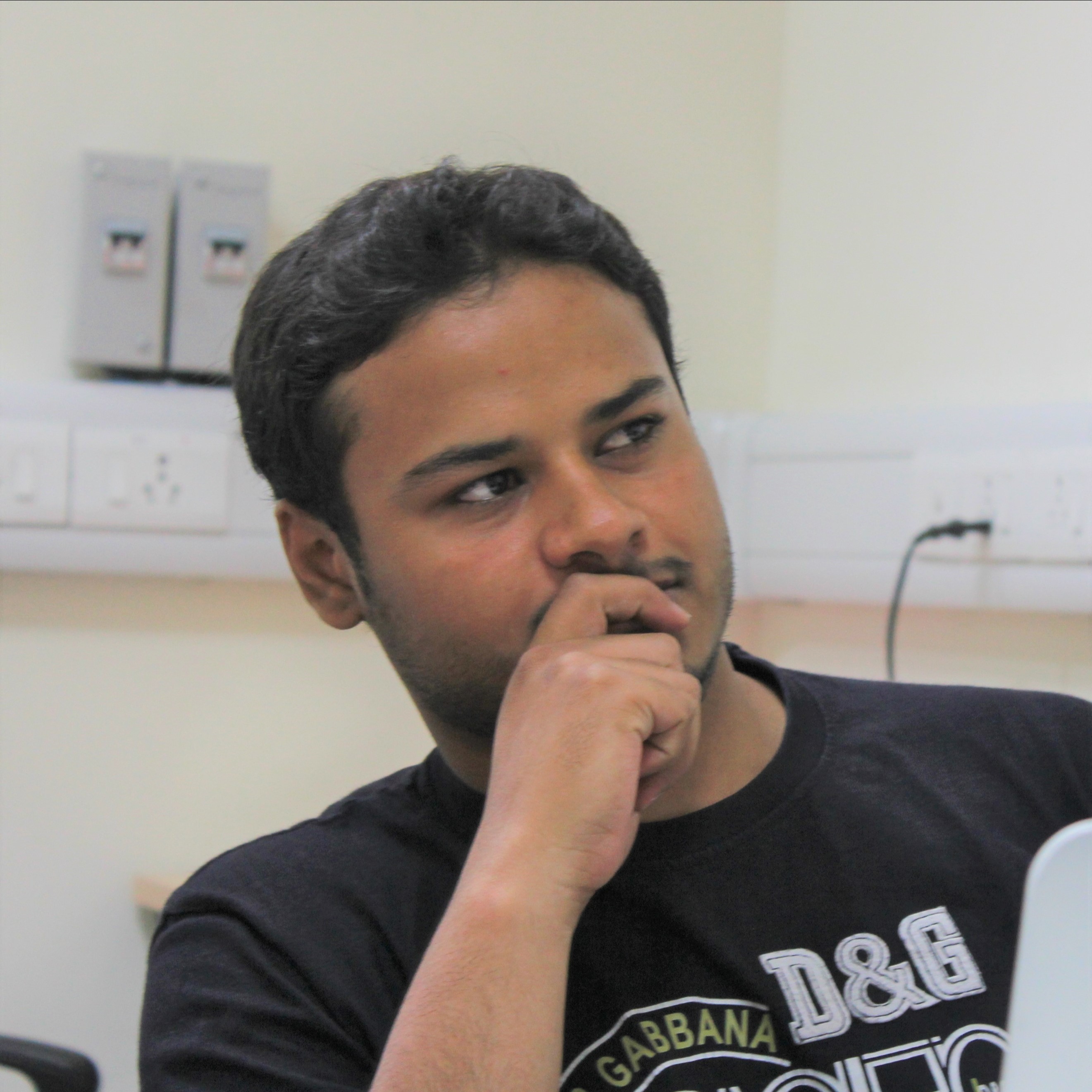What are some experimental methods we can use to study the aging process?
Image credit: https://pubchem.ncbi.nlm.nih.gov/compound/D-galactose#section=Biologic-Description

Please leave the feedback on this challenge
Necessity
Is the problem still unsolved?
Conciseness
Is it concisely described?
Bounty for the best solution
Provide a bounty for the best solution
Bounties attract serious brainpower to the challenge.
[1]https://brainstorming.com/search?search=anti-aging
[2]Liu H , Zhang X , Xiao J , Song M , Cao Y , Xiao H , Liu X . Astaxanthin attenuates d-galactose-induced brain aging in rats by ameliorating oxidative stress, mitochondrial dysfunction, and regulating metabolic markers. Food Funct. 2020 May 1;11(5):4103-4113. doi: 10.1039/d0fo00633e. Epub 2020 Apr 28. PMID: 32343758.
[3]Hou J, Yun Y, Xue J, Sun M, Kim S. D‑galactose induces astrocytic aging and contributes to astrocytoma progression and chemoresistance via cellular senescence. Mol Med Rep. 2019 Nov;20(5):4111-4118. doi: 10.3892/mmr.2019.10677. Epub 2019 Sep 12. PMID: 31545444; PMCID: PMC6797969.
[4]Budni J, Garcez ML, Mina F, Bellettini-Santos T, da Silva S, Luz APD, Schiavo GL, Batista-Silva H, Scaini G, Streck EL, Quevedo J. The oral administration of D-galactose induces abnormalities within the mitochondrial respiratory chain in the brain of rats. Metab Brain Dis. 2017 Jun;32(3):811-817. doi: 10.1007/s11011-017-9972-9. Epub 2017 Feb 24. PMID: 28236040.
[5]Shwe T, Bo-Htay C, Leech T, Ongnok B, Jaiwongkum T, Kerdphoo S, Palee S, Pratchayasakul W, Chattipakorn N, Chattipakorn SC. D-galactose-induced aging does not cause further deterioration in brain pathologies and cognitive decline in the obese condition. Exp Gerontol. 2020 Sep;138:111001. doi: 10.1016/j.exger.2020.111001. Epub 2020 Jun 6. PMID: 32522583.
[6]Qu Z, Zhang J, Yang H, Huo L, Gao J, Chen H, Gao W. Protective effect of tetrahydropalmatine against d-galactose induced memory impairment in rat. Physiol Behav. 2016 Feb 1;154:114-25. doi: 10.1016/j.physbeh.2015.11.016. Epub 2015 Nov 22. PMID: 26592138.
[7]Liu H , Zhang X , Xiao J , Song M , Cao Y , Xiao H , Liu X . Astaxanthin attenuates d-galactose-induced brain aging in rats by ameliorating oxidative stress, mitochondrial dysfunction, and regulating metabolic markers. Food Funct. 2020 May 1;11(5):4103-4113. doi: 10.1039/d0fo00633e. Epub 2020 Apr 28. PMID: 32343758.
[8]Kou X, Li J, Liu X, Chang J, Zhao Q, Jia S, Fan J, Chen N. Swimming attenuates d-galactose-induced brain aging via suppressing miR-34a-mediated autophagy impairment and abnormal mitochondrial dynamics. J Appl Physiol (1985). 2017 Jun 1;122(6):1462-1469. doi: 10.1152/japplphysiol.00018.2017. Epub 2017 Mar 16. PMID: 28302704.
[9]Cardoso A, Magano S, Marrana F, Andrade JP. D-Galactose High-Dose Administration Failed to Induce Accelerated Aging Changes in Neurogenesis, Anxiety, and Spatial Memory on Young Male Wistar Rats. Rejuvenation Res. 2015 Dec;18(6):497-507. doi: 10.1089/rej.2015.1684. Epub 2015 Aug 20. PMID: 25936362; PMCID: PMC4685507.
Creative contributions
Computational models to study ageing
[1]Kitano, H., 2002. Computational systems biology. Nature 420 (6912), 206–210
[2]Mark Mc Auley, Kathleen Mooney, Chapter 7 - Using Computational Models to Study Aging, Editor(s): Jeffrey L. Ram, P. Michael Conn, Conn's Handbook of Models for Human Aging (Second Edition), Academic Press, 2018
[3]Le Novère N, Hucka M, Mi H, Moodie S, Schreiber F, Sorokin A, Demir E, Wegner K, Aladjem MI, Wimalaratne SM, Bergman FT, Gauges R, Ghazal P, Kawaji H, Li L, Matsuoka Y, Villéger A, Boyd SE, Calzone L, Courtot M, Dogrusoz U, Freeman TC, Funahashi A, Ghosh S, Jouraku A, Kim S, Kolpakov F, Luna A, Sahle S, Schmidt E, Watterson S, Wu G, Goryanin I, Kell DB, Sander C, Sauro H, Snoep JL, Kohn K, Kitano H. The Systems Biology Graphical Notation. Nat Biotechnol. 2009 Aug;27(8):735-41. doi: 10.1038/nbt.1558. Epub 2009 Aug 7. Erratum in: Nat Biotechnol. 2009 Sep;27(9):864. PMID: 19668183.
[4]Qi, Q., Wattis, J.A., Byrne, H.M., 2014. Stochastic simulations of normal aging and Werner’s syndrome. Bull Math Biol 76 (6), 1241–1269.
[5]Hirt, B.V., Wattis, J.A., Preston, S.P., 2014. Modelling the regulation of telomere length: the effects of telomerase and G-quadruplex stabilising drugs. J Math Biol 68 (6), 1521–1552.
[6]Trusina, A., 2014. Stress induced telomere shortening: longer life with less mutations? BMC Syst Biol 8, 27.
[7]Kriete, A., Bosl, W.J., Booker, G., 2010. Rule-based cell systems model of aging using feedback loop motifs mediated by stress responses. PLoS Comput Biol 6 (6), e1000820.
[8]Brännmark, C., Nyman, E., Fagerholm, S., Bergenholm, L., Ekstrand, E.M., Cedersund, G., et al., 2013. Insulin signaling in type 2 diabetes: experimental and modeling analyses reveal mechanisms of insulin resistance in human adipocytes. J Biol Chem 288 (14), 9867–9880.
Please leave the feedback on this idea
Monitor the lifestyle of centenarians and compare it with that of others

[1]Willcox DC, Willcox BJ, Poon LW. Centenarian studies: important contributors to our understanding of the aging process and longevity. Curr Gerontol Geriatr Res. 2010;2010:484529. doi:10.1155/2010/484529
[2]Appel LJ. Dietary patterns and longevity: expanding the blue zones. Circulation. 2008 Jul 15;118(3):214-5. doi: 10.1161/CIRCULATIONAHA.108.788497. PMID: 18625902.
[3]Buettner D, Skemp S. Blue Zones: Lessons From the World's Longest Lived. Am J Lifestyle Med. 2016;10(5):318-321. Published 2016 Jul 7. doi:10.1177/1559827616637066
[4]Functionally significant insulin-like growth factor I receptor mutations in centenarians Yousin Suh, Gil Atzmon, Mi-Ook Cho, David Hwang, Bingrong Liu, Daniel J. Leahy, Nir Barzilai, Pinchas Cohen Proceedings of the National Academy of Sciences Mar 2008, 105 (9) 3438-3442; DOI: 10.1073/pnas.0705467105
[5]Bradley J. Willcox, D. Craig Willcox, Qimei He, J. David Curb, Makoto Suzuki, Siblings of Okinawan Centenarians Share Lifelong Mortality Advantages, The Journals of Gerontology: Series A, Volume 61, Issue 4, April 2006, Pages 345–354, https://doi.org/10.1093/gerona/61.4.345
Please leave the feedback on this idea

Please leave the feedback on this idea

Please leave the feedback on this idea
Please leave the feedback on this idea